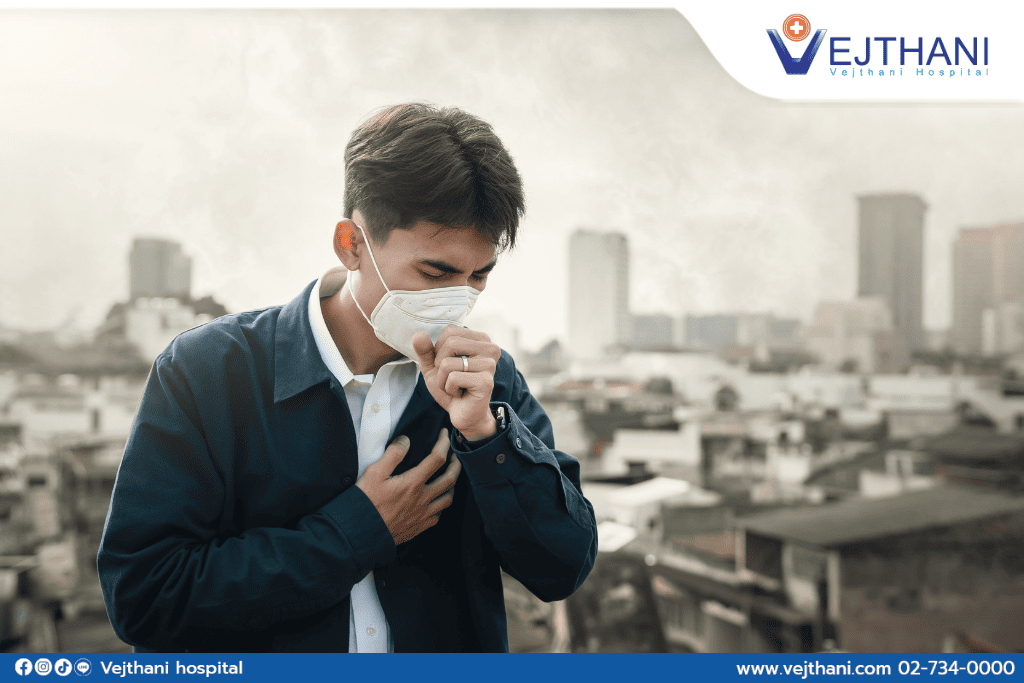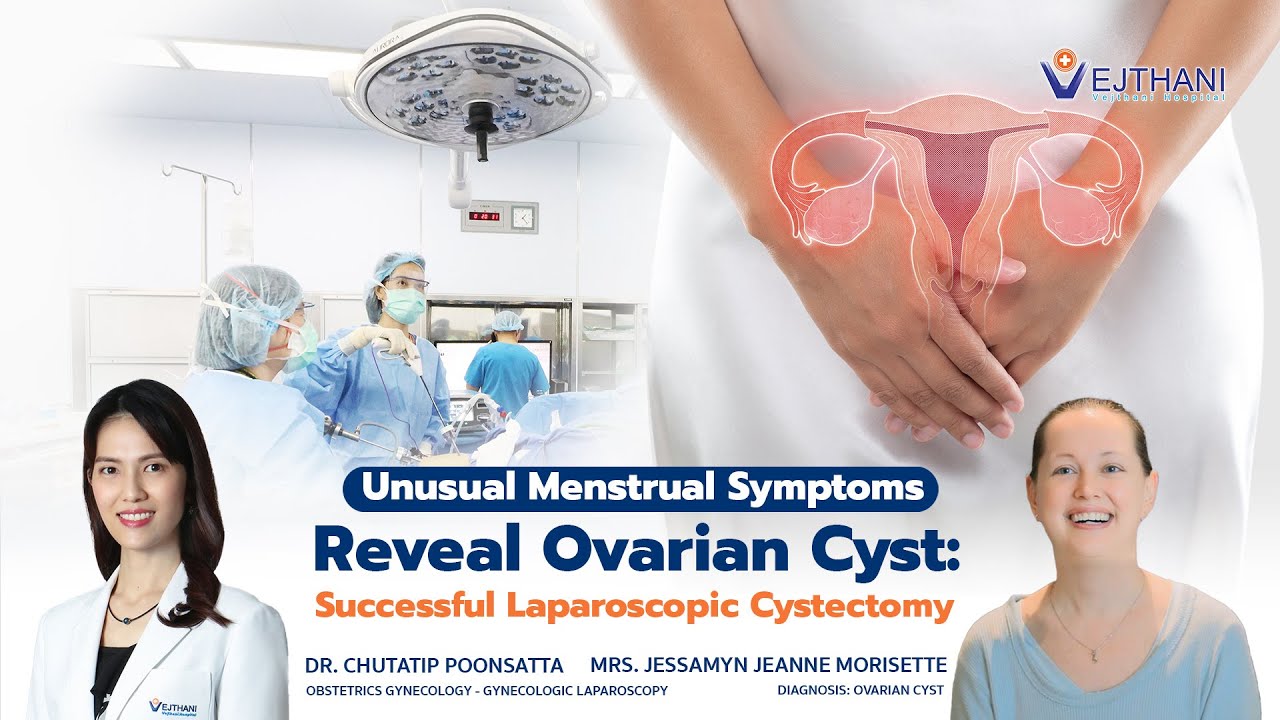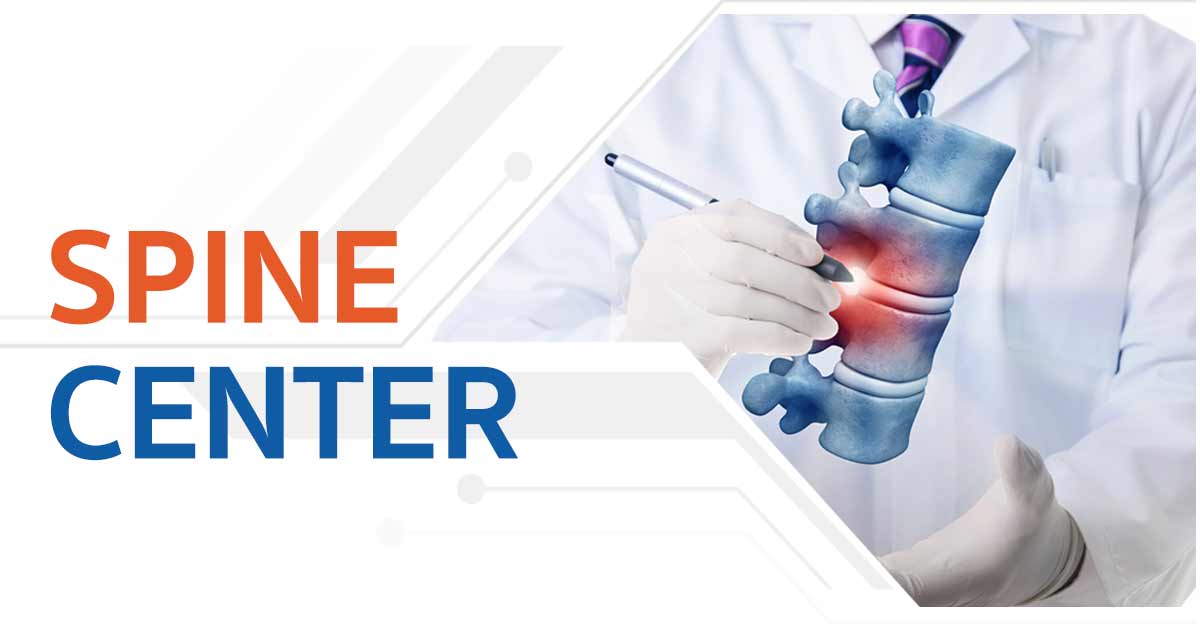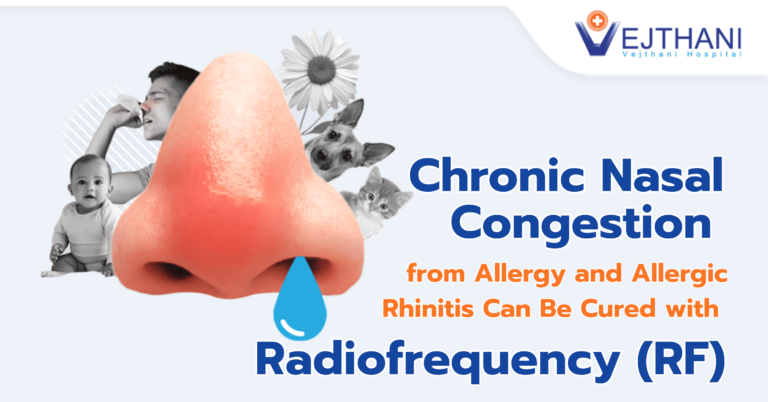

During the winter season, many areas in Thailand face a serious health threat from PM2.5 dust particles. Currently, air pollution levels in several regions have exceeded safety standards, significantly affecting individuals with pre-existing conditions, particularly those with allergies and rhinitis, which may worsen under such conditions. These toxic particles impact both the upper and lower respiratory system, with common symptoms including sneezing, itchy nose, runny nose, and postnasal drip. In some cases, the rhinitis may develop into small wounds, causing nosebleeds. In addition, PM 2.5 dust also severely affects people with chronic allergies or chronic nasal congestion.
Dr. Nattapol Thammasitboon, an ENT specialist at Vejthani Hospital, explained that exposure to tiny particles like PM 2.5 could pose both short-term and long-term health risks, including the following:
Short-term effects
- Irritates the eyes, nose, throat, respiratory tract
- Burning sensation in the eyes, coughing, sneezing, runny nose, difficulty breathing, and shortness of breath
- Lung function deterioration
- Triggers flare-ups of pre-existing conditions such as asthma or heart disease
Long-term effects
- Causes chronic bronchitis
- Decreased lung function
- Increases the mortality rate for lung cancer as these small dust particles are considered a type of carcinogen.
In addition, PM 2.5 dust can trigger various symptoms in patients with respiratory problems, such as chronic allergies. Patients with these conditions should avoid outdoor activities, use respiratory protection equipment, rinse their nose to wash away the dust particles stuck to the nasal cavities, and continue using their prescribed allergy medications, such as nasal steroid sprays for those with allergic rhinitis or oral steroid sprays for asthma.
If the patient does not respond to medication or has nasal congestion caused by the enlargement of the lower nasal mucosa, RF (Radiofrequency) treatment is an effective option. The doctor will insert a special needle into the patient’s nasal mucosa. The radio waves are then converted into heat, causing the mucosa to shrink, creating a larger space in the nasal cavity, allowing the patient to breathe more freely and comfortably. The advantage of this treatment is that it can be performed through local anesthesia, so the patient does not need to be hospitalized. The treatment takes about 10-15 minutes, and the results can be seen within two weeks. In cases where the patient experiences nasal congestion again due to mucosal swelling, the treatment can be repeated.
For the preparation before Radiofrequency treatment, patients need to get enough rest to prevent colds or respiratory infections, which may require postponing the procedure. Patients who are on certain medications, such as aspirin or anticoagulants, must stop taking them 7-10 days in advance.
In the first 24-48 hours after undergoing the radiofrequency treatment, avoid blowing your nose too hard, and avoid picking, scratching, or applying pressure to the nose. Refrain from strenuous exercise, heavy lifting, or excessive physical exertion, as this may cause bleeding. If bleeding occurs, elevate your head and apply ice until the bleeding stops. If bleeding persists or is excessive, seek immediate medical attention.
For more information, please contact
ENT Center, Vejthani Hospital
Call: (+66)2-734-0000 Ext. 3400
English Hotline: (+66)85-223-8888
- Readers Rating
- Rated 5 stars
5 / 5 ( Reviewers) - Spectacular
- Your Rating




























